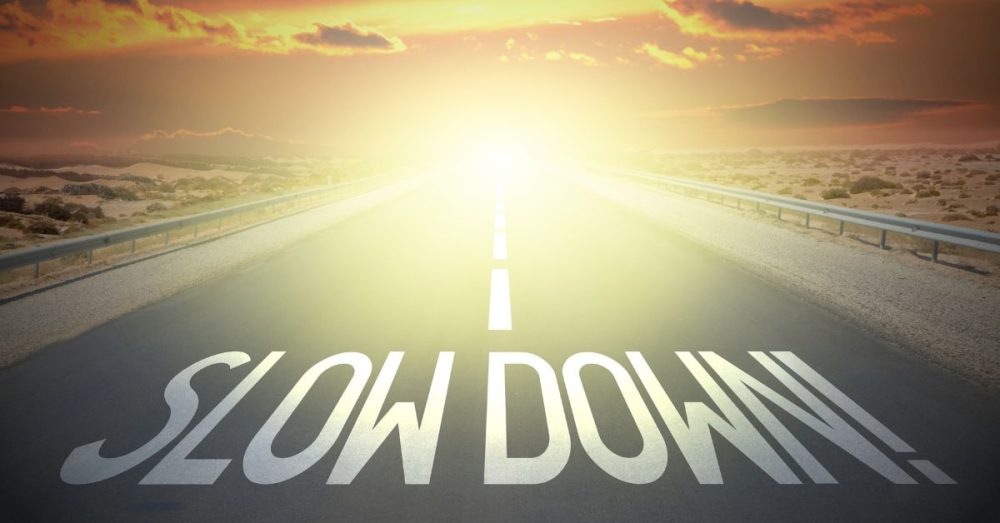City of Dallas officials would like to see the speed limit in residential areas lowered.
Studies have shown that lowering the default speed limit on residential streets in Dallas would reduce the frequency of fatal and severe crashes, but the change would require approval by state lawmakers, Assistant City Manager Dev Rastogi wrote in a memo.
“A study by the Institute for Road Safety Research found that if a pedestrian is hit by a vehicle going 20 mph, the likelihood that they will be killed or severely injured is 10%, but when the vehicle is going 30 mph, the likelihood increases to 40%,” the memo reads. “If the vehicle is going 40 mph, the likelihood further increases to 80%. Studies have shown that reducing speed limits on low volume, low-speed roads like local residential streets to 25 mph has resulted in improvements to safety.”
The memo was sent to Dallas City Council members in response to their questions during a briefing about Vision Zero in April. Vision Zero is “a strategy to eliminate all traffic fatalities and severe injuries while increasing safe, healthy, equitable mobility for all.” It was first implemented in Sweden in the 1990s.
“Serious crashes are preventable, and no one should be killed or seriously injured on our roads,” Rastogi said in the memo. “That is the fundamental belief behind Vision Zero. Improving the safety of Dallas streets will require investment across City departments. It will take the participation of partner agencies, the State legislature and lawmakers, and companies that operate large numbers of vehicles. Vision Zero invites every Dallasite to do their part to safely share the roads.”
The Dallas Express reported in April that since 2019, more than 188,000 accidents have been reported in Dallas. Just over 1,000 of those were fatal, and nearly 4,900 involved serious injuries. Adopted by the Dallas City Council in June 2022, it has since allocated $3.1 million in taxpayer money to Vision Zero.
According to the Rastogi memo:
- Traffic fatalities in Seattle decreased by 26% after the city implemented comprehensive, citywide speed-management strategies and countermeasures inspired by Vision Zero, including setting speed limits on all non-arterial streets at 20 mph and 200 miles of arterial streets at 25 mph.
- When New York City lowered its default speed limit from 30 to 25 mph in 2014, crash evaluations found that total crashes were reduced by an average of 39% on streets within the statutory default speed limit change compared to streets where the speed limit was unchanged.
- After Boston reduced its default speed limit from 30 mph to 25 mph in 2017, a study found that lowering the speed limit was associated with reductions of 2.9%, 8.5%, and 29.3% in the odds of vehicles exceeding 25 mph, 30 mph, and 35 mph.
“The default speed limit, also known as prima facie speed limit, is the presumed speed limit unless a speed zone has been established and an alternative speed limit established via city or state legislation and the posting of speed limit signs,” the memo reads. “Prima facie speed limits are established by state law (Section 545.352 of the Texas Transportation Code) and are typically what regulate speed on neighborhood streets. Collector and arterial streets typically have a speed limit that has been established by ordinance; therefore, changes to the prima facie speed limit would not affect changes to the speed limit on these streets.”
Meanwhile, Dallas officials “are working to increase awareness of the benefits of lowering default speed limits” after other attempts to “champion a reduction” in the default speed limits on residential roads in Texas were unsuccessful.
In his weekly newsletter, Dallas City Council Member Chad West (District 1) said he will continue to advocate for Vision Zero:
“Take note that in order to fully realize Vision Zero goals by 2030 as planned, the city would need to invest $3B. Like a number of my colleagues, I will continue to bring up Vision Zero goals as we discuss other major Dallas initiatives such as the infrastructure around the new Convention Center and preparation of our City for the 2026 World Cup.”
In his memo, Rastogi said that council members were aware of “portions” of the $3 billion that “corresponds to these individual tasks.”
“For example, the presentation given to the Transportation & Infrastructure Committee in April 2021 on the Sidewalk Master Plan said it would cost $1 billion to fill all missing sidewalk gaps in the city and an additional $24.5 million annually to maintain existing sidewalks over 40 years, or $980 million, for a combined total of $2 billion,” he said.
In March 2024, staff told the same committee that Oncor said it would cost as much as $122 million to upgrade remaining non-LED lights to LED, according to Rastogi’s memo.


